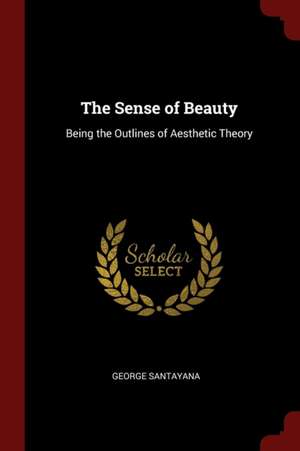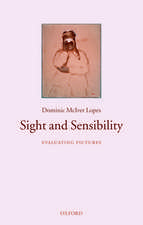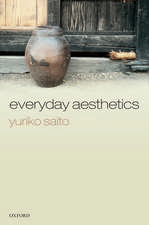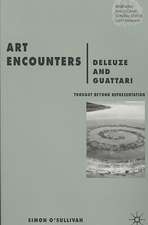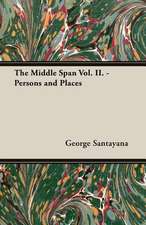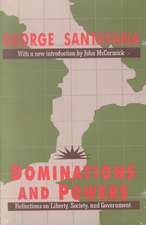The Sense of Beauty: Being the Outlines of Aesthetic Theory
Autor George Santayanaen Limba Engleză Paperback – 18 aug 2017
The editor of this new edition, John McGormick, reminds us that The Sense of Beauty is the first work in aesthetics written in the United States. Santayana was versed in the history of his subject, from Plato and Aristotle to Schopenhauer and Taine in the nineteenth century. Santayana took as his task a complete rethinking of the idea that beauty is embedded in objects. Rather beauty is an emotion, a value, and a sense of the good. In this, aesthetics was unlike ethics: not a correction of evil or pursuit of the virtuous. Rather it is a pleasure that resides in the sense of self. The work is divided into chapters on the materials of beauty, form and expression. A good many of Santayana's later works are presaged by this early effort. And this volume also anticipates the development of art as a movement as well as a value apart from other aspects of life.
The work is written without posturing, without hectoring. Santayana is nonetheless able to give expression to strong views. His preferences are made perfectly plain. Perhaps the key is a powerful belief that beauty is an adornment not a material necessity. But that does mean art is trivial. Quite the contrary, the good life is precisely the extent to which such "adornments" as painting, poetry or music come to define the lives of individuals and civilizations alike. This is, in short, a major work that can still inform and move us a century after its first composition.
| Toate formatele și edițiile | Preț | Express |
|---|---|---|
| Paperback (5) | 53.06 lei 22-29 zile | +28.49 lei 5-11 zile |
| Dover Publications – 31 mai 1955 | 53.06 lei 22-29 zile | +28.49 lei 5-11 zile |
| COSIMO CLASSICS – 31 mai 2004 | 107.66 lei 43-57 zile | |
| CHIZINE PUBN – 18 aug 2017 | 131.76 lei 17-23 zile | |
| Hansebooks – 12 oct 2021 | 217.71 lei 43-57 zile | |
| Taylor & Francis – 31 oct 2002 | 417.20 lei 43-57 zile | |
| Hardback (1) | 834.66 lei 22-36 zile | +29.95 lei 5-11 zile |
| Taylor & Francis – 18 dec 2020 | 834.66 lei 22-36 zile | +29.95 lei 5-11 zile |
Preț: 131.76 lei
Nou
25.22€ • 27.40$ • 21.20£
Comandă specială
Livrare economică 26 martie-01 aprilie
Specificații
ISBN-10: 1375594842
Pagini: 292
Dimensiuni: 156 x 234 x 15 mm
Greutate: 0.41 kg
Editura: CHIZINE PUBN
Textul de pe ultima copertă
It is remarkably appropriate that this work on aesthetics should have been written by George Santayana, who is probably the most brilliant philosophic writer and the philosopher with the strongest sense of beauty since Plato. It is not a dry metaphysical treatise, as works on aesthetics so often are, but is itself a fascinating document: as much a revelation of the beauty of language as of the concept of beauty.
This unabridged reproduction of the 1896 edition of lectures delivered at Harvard College is a study of "why, when, and how beauty appears, what conditions an object must fulfill to be beautiful, what elements of our nature make us sensible of beauty, and what the relation is between the constitution of the object and the excitement of our susceptibility."
Santayana first analyzes the nature of beauty, finding it irrational, "pleasure regarded as the quality of a thing." He then proceeds to the materials of beauty, showing what all human functions can contribute: love, social instincts, senses, etc. Beauty of form is then analyzed, and finally the author discusses the expression of beauty. Literature, religion, values, evil, wit, humor, and the possibility of finite perfection are all examined. Presentation throughout the work is concrete and easy to follow, with examples drawn from art, history, anthropology, psychology, and similar areas.
Descriere
The editor of this new edition, John McGormick, reminds us that The Sense of Beauty is the first work in aesthetics written in the United States. Santayana was versed in the history of his subject, from Plato and Aristotle to Schopenhauer and Taine in the nineteenth century.
